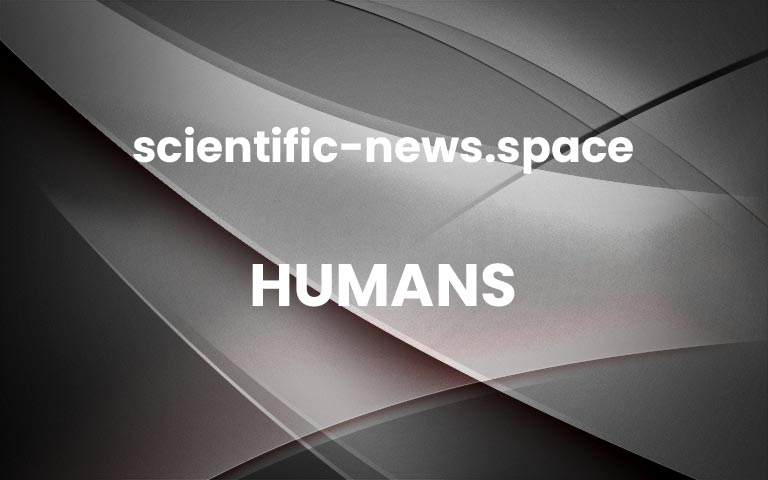Josie Ford
Hunt the exopet
‘Twas the season to be jolly’, by which we mean April Fool’s Day has been and gone again, before you get too feisty with your falalalalas. Particularly jolly, Feedback found, was a paper posted to the arXiv preprint server by members of the Astrobites collaboration, “First detections of exop(lan)ets: Observations and follow-ups of the floofiest transits on Zoom”.
“For more than two years, humanity has been examining new methods of adjusting to work-from-home due to the COVID-19 pandemic. Scientists have tried everything: whipped coffee, sourdough bread, and even questioning whether everything is made out of cake,” the astronomers write. They have possibly also spent too long on video-conferencing platforms, as they continue, “Over two years of casual observation, we noted occasional drops in the brightness of a Zoom image of our far-flung collaborators.”
But systematic observation brings its own challenges, not least that these transits are less regular than those of exoplanets over the face of their parent star, and – the bane of physicists’ lives everywhere – caused not by conveniently spherical objects, but entities irregular in both shape and colour.Advertisement
At this point, we should say that these are follow-up observations to those made last year of similar objects found rolling around in the local environment by Laura Mayorga and her colleagues at Johns Hopkins University in their paper “Detection of rotational variability in floofy objects at optical wavelengths”.
This new analysis of “exopets” inhabiting other homes brings us further, not least in pinning down difficulties observing rarer types, such as Sub-Neptunian Animal Keplerian Extended bodies (SNAKEs) and Dynamically Unstable Coplanar Kepler objects (DUCKs). We salute the creative impetus of lockdown ennui, while fearing this might continue as long as astronomers are trapped on Zoom.
Absolutely roasting
As Isaac Asimov wrote – not apropos April, but Shakespeare – the secret of the successful fool is that he is no fool at all. This must be why the US National Weather Service chose 1 April to announce on Twitter: “Big changes to our forecast pages! To avoid any confusion between °F and °C, we’ve converted all of our temperatures to Kelvin. Enjoy!”
Feedback is a fan of absolutism, at least in the scientific sense, and certainly the daily high and low quoted by the NWS at Indianapolis International Airport, 281 K and 273 K, provide a fairer reflection of the relative benignity of Earth’s surface temperature fluctuations. But we fear this won’t catch on. We ourselves remain fans of what we call the Standard British Mixed Temperature system, in which low temperatures are quoted in Celsius and high temperatures in Fahrenheit, resulting in a handy scale ranging from 0 for cold to 100 for hot. What this loses in logic, it gains in user-friendliness, as long as you don’t worry too much about what happens in the middle. Take an umbrella anyway.
News from the future
Feedback joins the world – or everyone in the UK of a certain age or under – in saluting Newsround, the BBC news programme for children that recently celebrated its 50th anniversary and remains for many of us the prime source of trusted news that tells it like it is.
Richard Glover has the grumps, however, about a story on the Newsround web page claiming that “quantum technology” could be used to charge electric car batteries “in seconds”. “I would have thought that this would be more likely to involve extra wiring and some clever switching, than anything quantum mechanical,” he says.
Delving into the paper trail so you don’t have to, we discover some enthusiastic press releases and a paper from Juyeon Kim and his colleagues at the Institute for Basic Science in Daejeon, South Korea. The good news is that, whereas the charging time of dull old classical batteries shrinks with the number of battery cells, the charging time of whizzo batteries in an entangled quantum state could decrease with the square of the number of cells. The bad news is that no one yet knows how to put a battery in an entangled quantum state.
We fear this might not have changed by 2030, when the UK government plans to ban the sale of new petrol and diesel cars. Still, hats off to Newsround for knowing its audience and highlighting a technology that, a bit like nuclear fusion, could well be ready by the time we all grow up.
Lost and found
One area where we can already rely on whizzo quantum speed-ups is in algorithms for searching for things. We are put in mind of this by the happy story of the return to Cambridge University Library of two priceless manuscripts written by Charles Darwin, one containing his famous “tree of life” sketch, in a pink gift bag accompanied by a typed note: Librarian, Happy Easter, X.
Discovered to be missing in 2001, and with various searches of the library’s 10-million-odd items turning up nothing, the books were finally reported as stolen in 2020. This exceeds even the time periods we have spent fruitlessly searching for our keys. Sadly, a practical quantum computer that can ask “Well, where did you last have it?” is probably a good few years away too. Still, won’t the future be marvellous when it comes? And with that: Reader, Happy Easter, X.
Got a story for Feedback?
You can send stories to Feedback by email at [email protected]. Please include your home address. This week’s and past Feedbacks can be seen on our website. More


